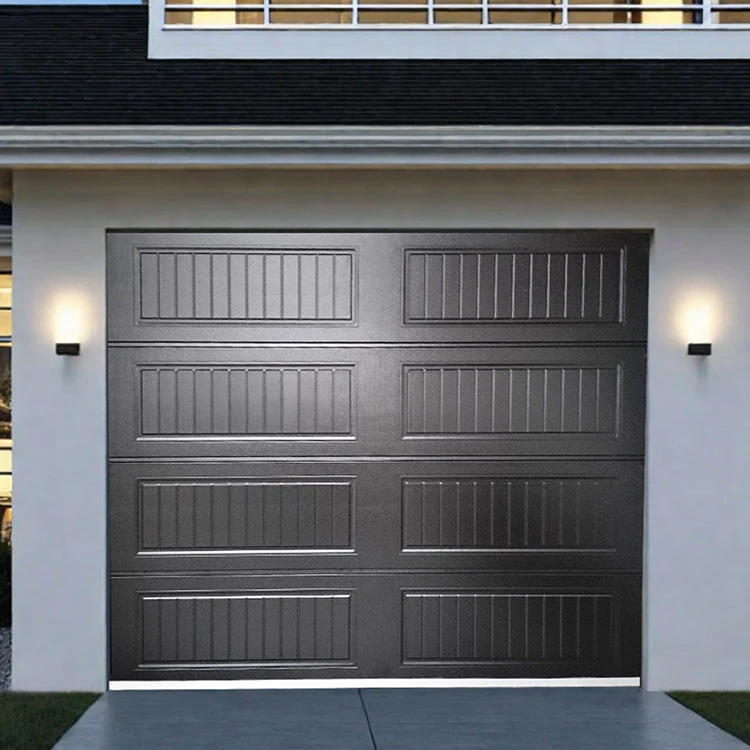How to Maintain Your Garage Door for Longevity and Smooth Operation
2025-06-06
Your garage door is used daily, but often goes unnoticed until something goes wrong. Regular maintenance can prevent unexpected breakdowns, extend the life of your garage door, and save you from costly repairs. In this blog, we’ll walk you through some simple yet effective garage door maintenance tips that will ensure smooth and reliable operation for years to come.
1. Inspect the Door Regularly
The first step in maintaining your garage door is to regularly inspect its components. Here are some things to check:
Tracks: Look for any debris or dirt on the tracks, as they can prevent the door from opening smoothly. Clean them with a damp cloth to remove any obstructions.
Springs and Cables: Inspect the springs and cables for any visible signs of wear or damage. Be cautious—garage door springs are under high tension and should only be repaired by a professional.
Panels: Check the panels for any dents or cracks. Small cracks can expand over time and lead to more serious issues.

2. Lubricate the Moving Parts
A garage door has many moving parts, including springs, rollers, hinges, and tracks. These parts can wear down over time without proper lubrication. Apply a silicone-based lubricant to these components every six months to keep them operating smoothly.
Rollers: Lubricating the rollers ensures smooth and quiet movement of the door.
Hinges: Lubricate the hinges to avoid squeaky, noisy operation.
Tracks: Clean the tracks regularly to ensure dirt and grime don’t interfere with the rollers’ movement.
3. Test the Balance of the Door
An unbalanced garage door can strain the opener, springs, and cables. To test the balance, disconnect the opener by pulling the emergency release cord. Manually lift the door halfway and let go. If it stays in place, it’s balanced. If it falls or rises, it may need adjustments to the springs, which should be done by a professional.
4. Inspect the Weather Stripping
The weather stripping around the door seals the gaps between the door and the frame, preventing drafts, dirt, and insects from entering the garage. Over time, this weather stripping can wear out or crack. Check it regularly and replace it if you notice any damage. A well-sealed door can also help with energy efficiency, keeping your garage and home more comfortable.
5. Test the Safety Sensors
Modern garage doors are equipped with safety sensors that prevent the door from closing if there’s an obstruction in the way. Test the sensors by placing an object in the door’s path (such as a rolled-up towel). If the door doesn't reverse automatically when it hits the object, there may be an issue with the sensors, which should be cleaned or adjusted.
6. Check the Garage Door Opener
Your garage door opener is a crucial part of the system. Make sure it’s operating smoothly and quietly. If it’s making strange noises or you notice a delay in operation, it may need servicing. Check the batteries in the remote and the opener’s wiring for any issues.
7. Keep the Area Around the Door Clear
Ensure that the area in front of the garage door is free from obstructions. Anything blocking the path of the door can cause it to become misaligned or damaged.
Conclusion:
Regular maintenance of your garage door is essential to keep it running smoothly, avoid costly repairs, and extend its lifespan. Simple tasks like lubricating moving parts, inspecting for damage, and testing safety features can make a huge difference in the door’s performance. By following these basic tips, you can ensure that your garage door operates safely and efficiently for years to come.